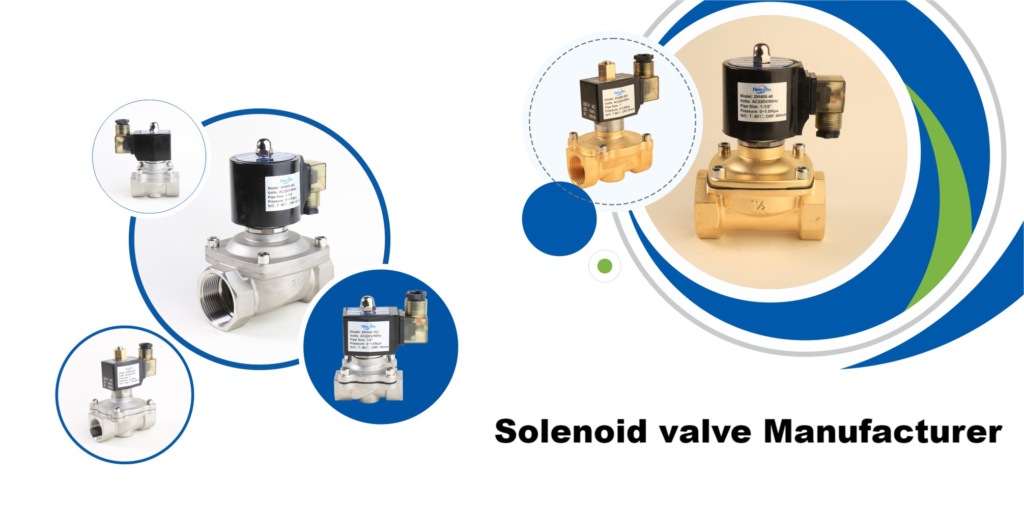
Solenoid valves offer an effective means of electronically controlling the flow of liquids and gases. These devices are integral to various industries, from automotive to food service, playing a crucial role in modern mechanical systems. To enhance your understanding of their functions and terminology, we’ve simplified some basic concepts into four key categories:
1. Open or Closed
2. Poppet or Spool
3. Direct or Pilot
4. 2, 3, or 4-Way Valve Functions
Grasping these categories will provide a solid foundation in solenoid flow control, applicable across any field requiring electronic flow regulation.
- Normally Open or Normally Closed
The term “normal” refers to the valve’s state when it is not powered. Activating the solenoid will switch it to the opposite state. In proportional solenoid valves, this change can occur in varying degrees.
- Poppet or Spool Valves
Poppet Valves:
These valves feature a passage cover held in place by a spring or the pressure of the medium. The solenoid changes the poppet’s position, directly or via a pilot, to open or close the passage. While poppet valves allow higher flow rates, they require more actuation force to overcome the pressures on the poppet.
Spool Valves:
These valves have seals along the spool’s bore. The solenoid’s influence on the spool position changes the seal alignments to control flow. Spool valves require less actuation force but offer a more limited flow rate compared to poppet valves.
- Direct or Pilot Operation
Direct Acting:
These solenoids directly change the position of the poppet or spool to control flow. They are fast and have simpler designs but are less effective for high flow applications.
Pilot Operated:
These valves use a poppet or diaphragm kept closed by a spring and pressure differential. The solenoid controls a secondary channel, which, when open, equalizes the pressure on the poppet, allowing full flow. Pilot valves are slower but enable smaller solenoids to handle higher flow rates.
- 2, 3, or 4-Way Valve Functions
2-Way Valves:
These control flow between an inlet and an outlet port.
3-Way Valves:
Typically, one port acts as an inlet and two as outlets, directing flow to the desired outlet via the solenoid. They can also mix flows by using two inlets and one outlet.
4-Way Valves:
These have 4 or 5 ports, with one inlet, two outlets, and one or two exhaust ports. They can offer a third position that blocks all flow, maintaining system pressure.
Conclusion
Hewcho specializes in the custom engineering and manufacturing of solenoids, solenoid valves, electromagnets, voice coils, hydraulic tubes, and locking devices. If you have any questions about solenoid valve manufacturing or sourcing, please contact us via email.
